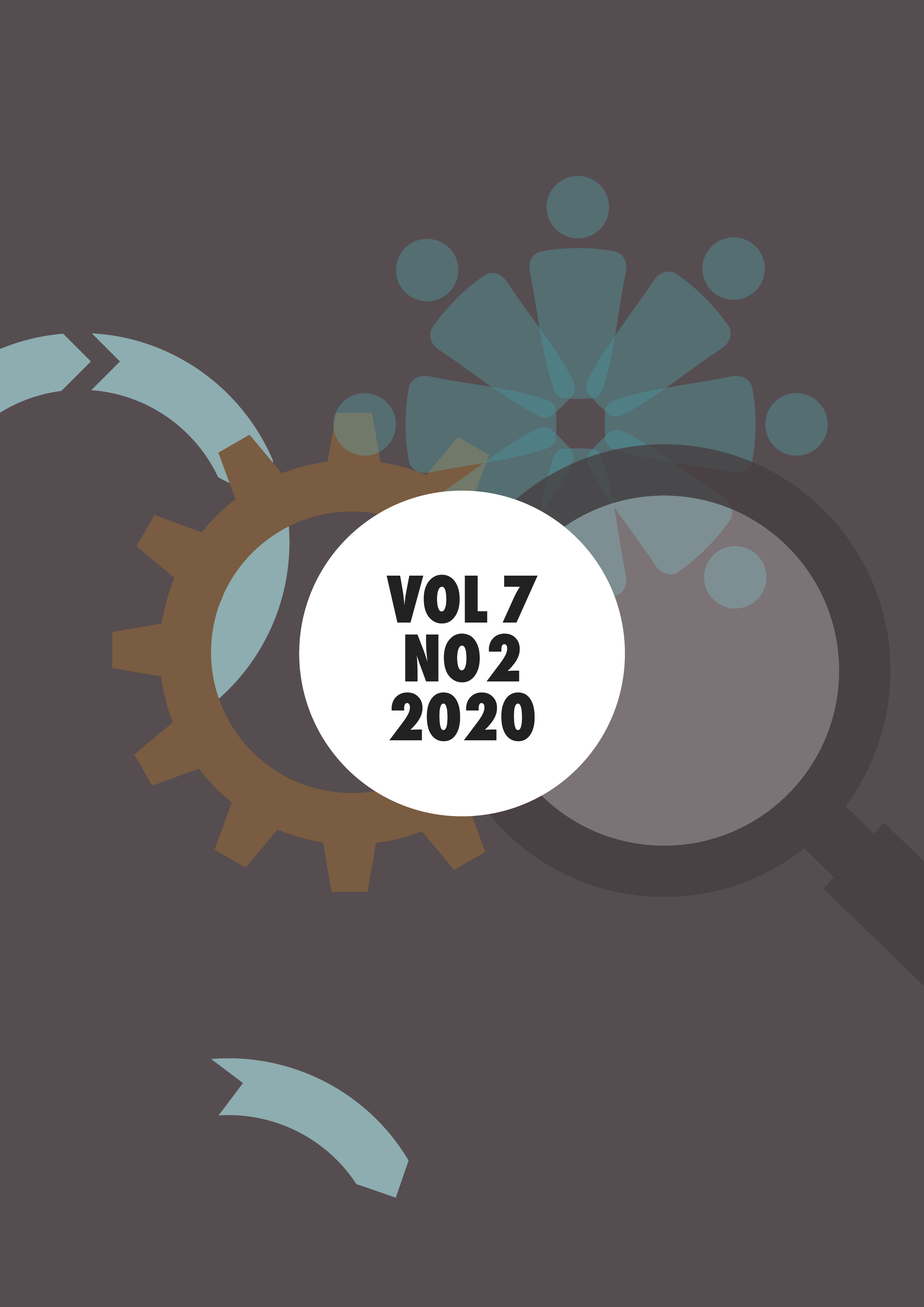Drumming up an Audience
When Spectacle Becomes Failure
DOI:
https://doi.org/10.7146/tjcp.v7i2.121814Keywords:
Participation, Art-spectacle, Failure, Public art, British Art Show, CommunityAbstract
Funding streams designed to enable wider participation with contemporary visual art often fail to meet their objectives. Faced with the need to show increased engagement in return for public funding, fear of failure has led many organisations to turn to what we describe as the ‘art-spectacle’: public artworks developed as a means of demonstrating public participation. What is the nature of the engagement when large crowds encounter an art-spectacle? When art-spectacles appropriate an existing cultural form and rebrand it as ‘art’, by what criteria can it be judged a success or failure? Our discussion centres on The History Train, an event that formed part of British Art Show 8 in Norwich in 2016. As it received funding to engage new audiences, we assess The History Train against the criteria by which the funding was awarded. We also look at the degree to which it met Debord’s (1983) logic of spectacle and the necessity of visibility over experience.
Downloads
Published
How to Cite
Issue
Section
License
Copyright (c) 2020 Conjunctions. Transdisciplinary Journal of Cultural Participation

This work is licensed under a Creative Commons Attribution-NonCommercial-NoDerivatives 4.0 International License.
Copyright (c)): Author
This work is licensed under a Creative Commons Attribution-NonCommercial-NoDerivatives 4.0 International License.





